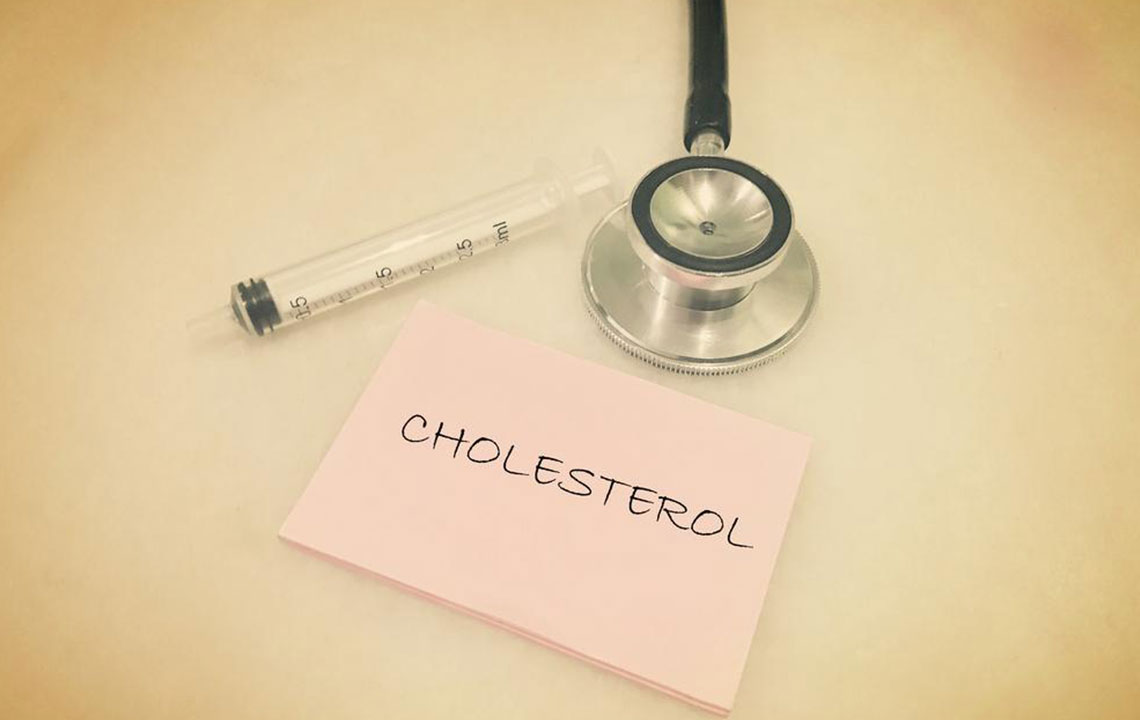A Complete Guide to Heart Valve Disorders
This comprehensive guide explores heart valve disorders, detailing their functions, types, causes, symptoms, and treatment options. Learn how these conditions affect heart health and the importance of early detection and proper care to prevent serious complications.
Understanding Heart Valve Disorders
Heart valves are crucial components of the cardiovascular system, responsible for directing blood flow within the heart accurately. Problems with these valves can lead to serious health issues, often requiring medical intervention to restore normal function. Getting informed about how heart valves work, the different types of valve problems, their causes, symptoms, and treatment options can help in early detection and management.
How Heart Valves Work
Heart valves, located within the heart chambers, are delicate tissue flaps that open and close in sync with the heartbeat.

Their main role is to control blood flow, ensuring it moves forward efficiently. Humans have four key valves: the aortic valve, mitral valve, pulmonary valve, and tricuspid valve.
Types of Valve Issues
Valve problems can manifest in different ways. Regurgitation involves backward blood flow due to valves not closing fully, leading to leakage. Stenosis causes narrowing, restricting blood flow. Atresia refers to a valve being closed or missing entirely, blocking blood movement.
Depending on which valves are affected, overall heart function can be compromised.
Causes Behind Valve Problems
Valvular heart disease can stem from various factors. Congenital abnormalities may predispose some individuals to issues later in life. Faulty valve size or structure can hinder opening and closing. Inflammations from rheumatic fever or infections can damage valves. Treatments like radiation therapy for cancer can also impact valve health. Aging naturally contributes to deterioration, including thickening, stiffening, or weakened valves.
Additional contributors include coronary artery disease, muscle damage from heart attacks, and poorly managed high cholesterol. Regular check-ups are vital for early detection, preventing complications, and guiding treatment approaches. Valve repair or replacement surgery might be necessary in severe cases.
Recognizing Symptoms
Heart valve issues often remain undetected until they cause significant symptoms. Symptoms to watch for include chest discomfort, rapid or irregular heartbeat, shortness of breath, and swelling in the abdomen, feet, or ankles caused by fluid retention. Fatigue, dizziness, or lightheadedness are also common warning signs.
Treatment Options
When valves are severely damaged and beyond repair, surgery becomes necessary. Valve replacement is common, especially for aortic and mitral valves. Replacing a faulty valve with an artificial or biological valve can restore heart function. Mechanical valves last longer but may require lifelong blood thinner therapy, whereas biological valves last up to 20 years without such medications. The success rate after five years depends on individual health, age, and overall condition.
Post-Surgery Recovery
Recovery typically involves a hospital stay of 5-7 days, with careful monitoring of heart, blood pressure, and breathing. Minimally invasive procedures may shorten hospital time. Full recovery can take several months, during which patients should follow medical advice to minimize infection risks. Immediate issues like fever, chest tenderness, or chills should prompt seeking medical attention.
Note: The information provided here is for educational purposes only. It should not replace professional medical advice. Always consult licensed healthcare providers for diagnosis and treatment guidance.










